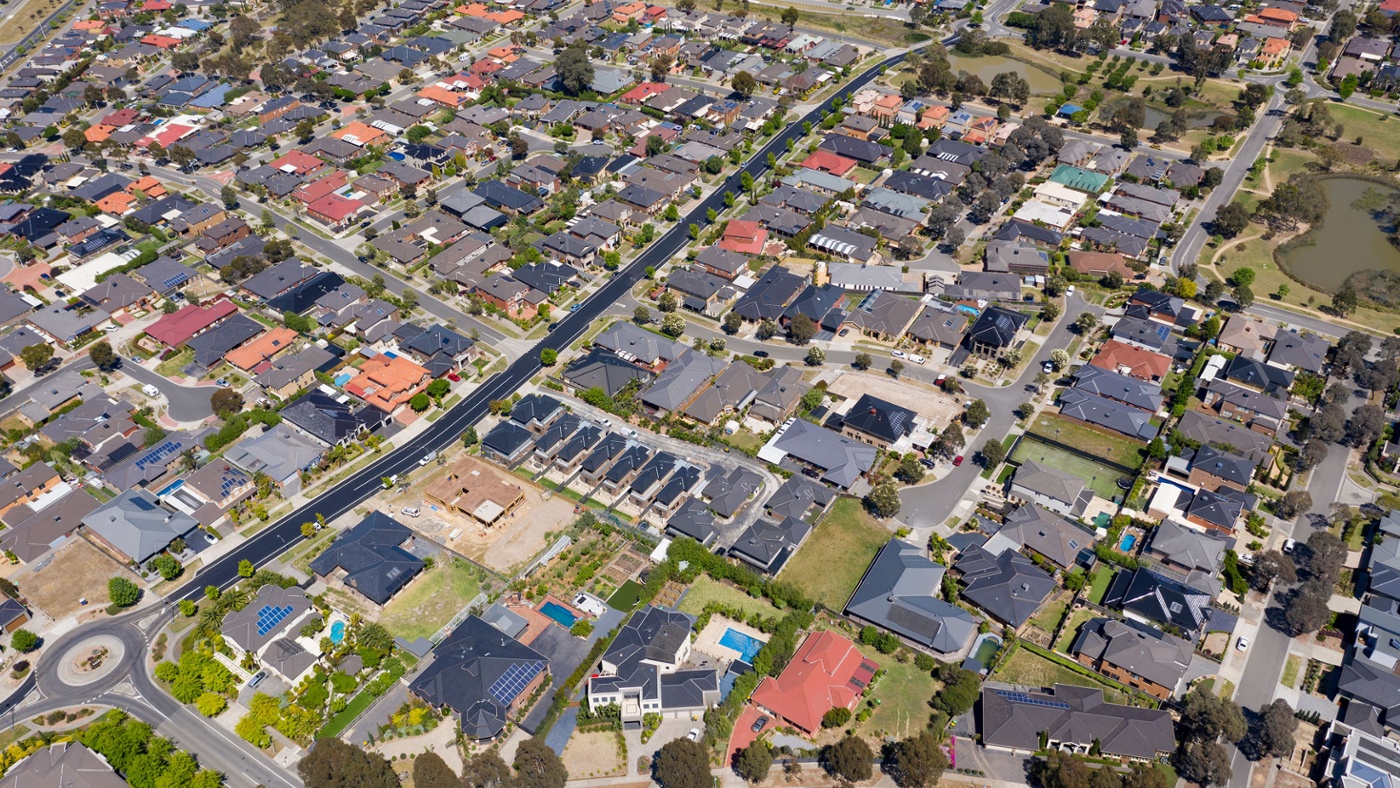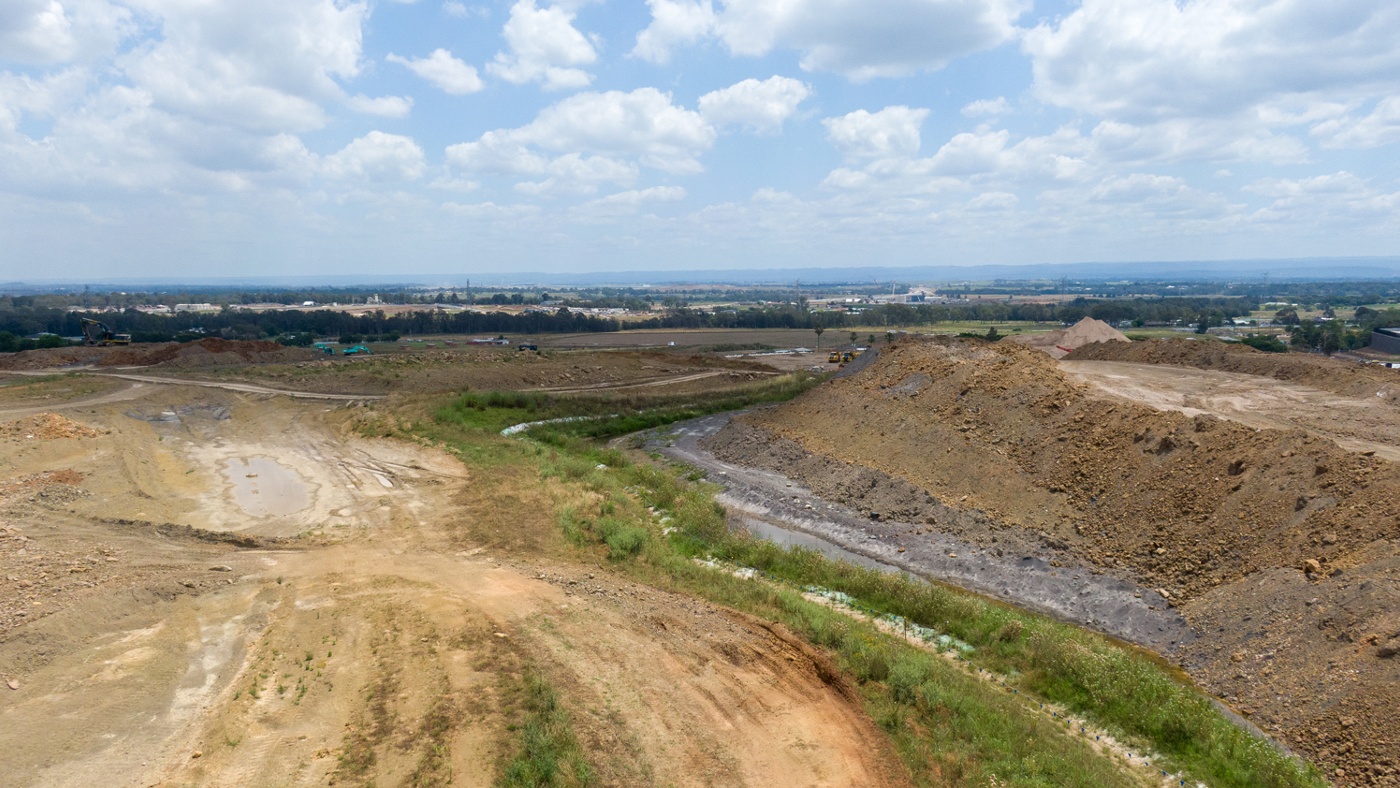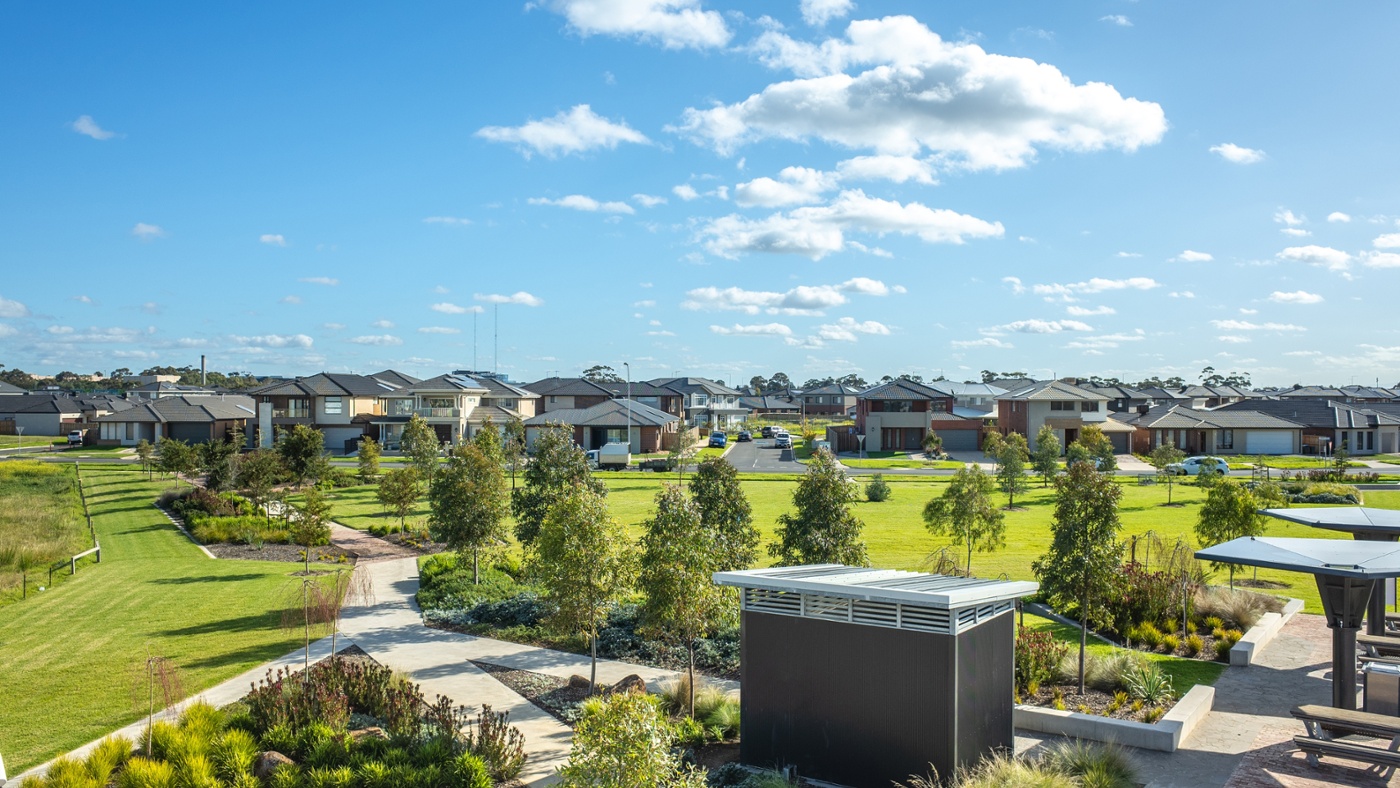The Property Council of Australia's National Retirement Living Summit 2024 provided valuable insights into the retirement sector's challenges and achievements. As Australia's population continues to age, the sector's role in addressing housing needs and improving seniors' quality of life, has never been more apparent.
Demographic Shifts and Housing Demand
Renowned demographer, Simon Kuestenmacher, explained to 700 industry leaders why retirement communities (and aged care facilities) will be the fastest growing property segment in Australia for the coming 10+ years highlighting that:
- There are currently 2 million Australians aged 75+.
- This will increase by 70% over the next 15-16 years.
- The 85+ age group is expected to double in the next decade.
- The average age of moving to a retirement village is 75 years and the average age of residents is 81 years old.
These figures highlight the increasing need for appropriate housing solutions for older Australians. Currently, there are 2,500 retirement communities across Australia and approximately 249,000 residents in these communities, indicating substantial room for growth in this sector.
Benefits of Retirement Living
The Retirement Living Council notes that residents of retirement villages are 15% more likely to be physically active and 5 times more socially active, with 41% reportedly happier, compared to the general senior's population. This increased satisfaction is attributed to:
- A stronger sense of community connection
- Enhanced security
- Reduced isolation and depression
These findings emphasise the positive impact retirement villages are having on the wellbeing of older Australians.
Addressing the Housing Crisis
The retirement living sector has the potential to play a crucial role in alleviating Australia's housing crisis. With the growth of seniors moving into retirement villages, existing family homes can be freed up, contributing to the broader housing market. The inclusion of accommodation in retirement villages in the Federal Government’s National Housing Accord, aimed at delivering 1.2 million homes, is a positive step towards recognising the role of retirement villages in addressing this supply gap.
The median price for a dwelling in a retirement village are, as an average, 43% less expensive than the current national average house price, making it a viable option for many.
Challenges in Planning and Development
Despite the clear benefits, the development of new retirement villages faces significant challenges.
Planning Systems: many states are not providing adequate planning controls or incentives to support for new retirement living developments or expansions of existing ones
Development: The Retirement Living National Report Card indicated that over 20% of Development Applications (DAs) in NSW for retirement villages take more than two years for approval. These extended timeframes impact the ability to fund plans and deliver this type of housing.
Communal Spaces: Retirement villages generally provide for large communal spaces to support wellness, yet this suppresses yields, making it difficult to compete for sites with other residential developers.
Planning frameworks, lengthy approval processes, and competition from other housing types hinder retirement village development.
Shifting Care Models
The retirement living sector is evolving to meet the changing needs of its residents. Many retirement living operators are moving away from traditional separation of independent living and aged care models and pivoting towards providing care packages within their retirement villages, enabling residents to age in place. As noted in the Property Council of Australia (PCA) Retirement Census (754 villages) reported 61% of operators as actively providing regulated home care services to residents in their villages or to seniors outside their village. This was a staggering rise from 30% in 2021.
This shift not only enhances the quality of life for residents but also allows them to benefit from the community, security, and happiness that retirement villages offer. This evolution needs to be supported by changes in planning policies and controls to accommodate these new operational models.
Enhancing Walkability and Community Integration
The success of many retirement villages is tied to their location and accessibility. Walkability—proximity to services and facilities that can be reached on foot—was highlighted as a key factor. However, such locations are also highly sought after by other residential developers, increasing competition for prime sites. To attract potential residents and support healthy lifestyles, it’s essential to ensure retirement villages are integrated into the broader community.
Looking Ahead
To fully realise the potential of retirement villages in addressing the needs of Australia’s ageing population and the housing crisis, several steps must be taken by industry and government:
- Streamline Planning Processes: Simplify and expedite the approval processes for retirement village developments.
- Better Incentives: Ensure planning and funding incentives for retirement village development to make it competitive with other housing types.
- Promote Retirement Village Benefits: Increase public awareness and understanding of the advantages of living in retirement villages, dispelling myths, to attract more residents.
The National Retirement Living Summit 2024 highlighted the critical role of retirement villages in Australia’s future. With the Baby Boomer generation driving demand, which comprises a significant portion of Australia's population, government and industry must work together to overcome regulatory challenges and promote the benefits of retirement living. By doing so, we can ensure that Australia’s seniors have access to affordable, secure, and community-oriented housing, while also contributing to the broader housing market and community wellbeing.
Ethos Urban remains committed to supporting the growth and development of the retirement living sector, leveraging our expertise to navigate the complexities of planning and development to create vibrant and sustainable communities for Australia’s ageing population. To discuss these insights further, please reach out to the Seniors Living team.
Related Insights

How Immigration Shapes Housing Choices in Victoria?

NSW Low and Mid-Rise Housing Reforms

NSW Government Releases Industrial Lands Action Plan







